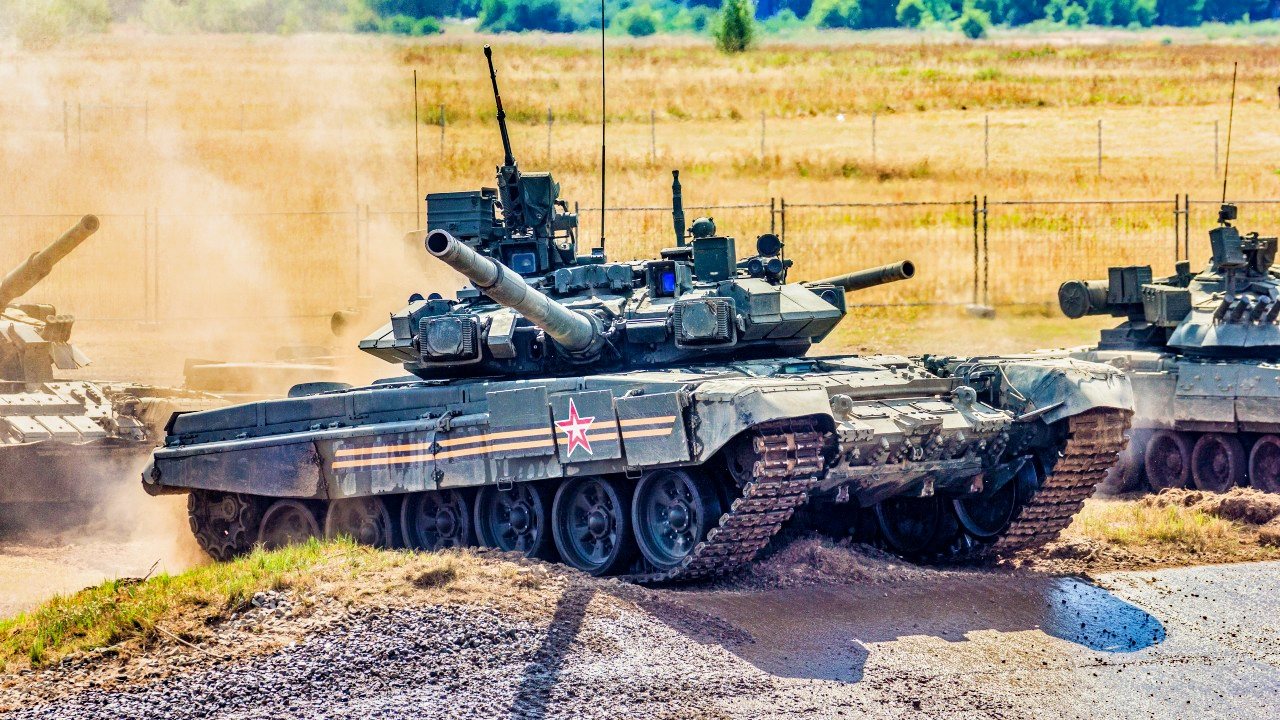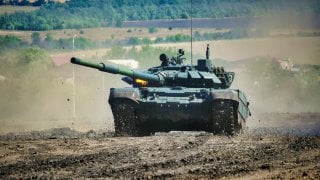To Survive, Ukraine Needs To Stay On the Offensive
Most unpalatable of all is that limited attacks can only produce limited results. If Ukraine opts for limited offensives, it accepts the reality that it cannot strike a decisive blow that ends the war. This is not a cheerful prospect. But it’s better than the alternatives.
The fantasy of every general is to defeat the enemy in a single decisive battle, a triumph that ends the war with one blow.
But that’s not how wars usually unfold. For every decisive battle like Cannae and Waterloo, there are many more conflicts that drag on for years because neither side can land a knockout blow.
This is a problem for Ukraine. Facing a much larger foe, it can’t win a long war of attrition against Russia. But it is also unlikely to bring Russia to its knees with a single victory, no matter the brilliance or bravery of Ukrainians.
Ukraine’s counteroffensive at Kursk illustrates this dilemma. By concentrating its best forces for a surprise attack against a lightly defended sector of the Russian, Ukraine has been able to seize around 500 miles of Russian territory. Not only did this embarrass Vladimir Putin and his military, but it also showed that after two years of brutal and exhausting war, Ukraine could still muster the strength to take the fight to the enemy’s soil.
But to what end? Rather than shift troops north to Kursk, the Kremlin has opted to continue its offensive in the Donbas region of eastern Ukraine, which is making slow but steady gains against fierce Ukrainian resistance. Instead, Russia has scraped together army and internal security forces to seal off the penetration, while Ukraine appears to be digging in for the long haul.
Kursk: Ukraine's Big Mistake?
Critics call the Kursk operation a blunder that has diverted 30,000 of Ukraine’s best troops desperately needed to bolster defenses in the east and south that are buckling under continuous Russian assault lines. But what would these reinforcements accomplish against an enemy that makes lavish use of artillery, glide bombs and drones to pulverize Ukrainian defenses – and which treats Russian soldiers as human bullets? Reinforcing Donbas would merely increase the cost to Russia, without changing the outcome.
If the math doesn’t favor Ukraine, then Ukraine has to change the equation. The best way to do that is to keep Russia so off-balance and thus deprive the Kremlin of the luxury of choosing when and where to attack at Moscow’s convenience. This inevitably means going on the offensive.
The question is what kind of offensive. Ukraine hoped that its summer 2023 counteroffensive would rout Russian forces and lead to a war-winning victory. Instead, the attack collapsed because of poorly trained Ukrainian troops, lack of weapons and supplies, and dense Russian trench networks and minefields.
In World War II, the Imperial Japanese Navy was obsessed with seeking “kantai kessen” -- decisive battle -- against the U.S. Navy, which would compel America to make peace. And so Japan carefully held back its main battlefleet, while American amphibious invasions seized islands ever closer to the Japanese mainland, while U.S. submarines ravaged Japan’s vital supply convoys. By the time the IJN battlefleet was committed to the defense of the Philippines in 1944, it was too late.

Ukraine can’t afford to wait for the chance to strike a mortal blow at Russia. What it can do is launch a series of limited offensives – in Ukraine or even in Russia -- designed to seize the initiative. Instead of Ukraine having to react to Russia’s moves, as it has for most of the war, this time Moscow will face the stress and uncertainty of deciding how to respond to an enemy attack.
Such an approach would play to Ukraine’s strengths and weaknesses. Limited offensives by a few brigades would only require limited commitments at the expense of other sectors. Penetrations into Russian lines would create new firing points for long-range weapons such as ATACMS to strike deeper at bridges and other key targets, especially if the U.S. were to relax targeting restrictions.
Quick surprise attacks would also take advantage of Ukraine’s more flexible command and control compared to Russia’s rigid command structure. With 600 miles of front to cover, Russian forces can’t be strong everywhere. And even if Putin can ignore the Kursk penetration without undermining public confidence, the threat of losing more Russian home territory is bound to have an effect on a regime whose legitimacy rests upon the promise of defending Russia from foreign invasion.
A strategy of limited offensives is far from risk-free. Germany tried a somewhat similar approach on the Eastern Front in World War II, when it launched “backhand blow” counteroffensives against Soviet attacks. While winning some stunning tactical victories, the German mechanized divisions were eventually worn down shuttling from crisis to crisis. And, even limited Ukrainian attacks will require a reliable supply of Western weapons and ammunition.
Most unpalatable of all is that limited attacks can only produce limited results. If Ukraine opts for limited offensives, it accepts the reality that it cannot strike a decisive blow that ends the war. This is not a cheerful prospect. But it’s better than the alternatives.
About the Author: Michael Peck, Defense Expert
Michael Peck is a defense writer whose work has appeared in Business Insider, Forbes, Defense News, Foreign Policy magazine, and other publications. He holds an MA in political science from Rutgers Univ. Follow him on Twitter and LinkedIn.
Image Credit: Shutterstock.


